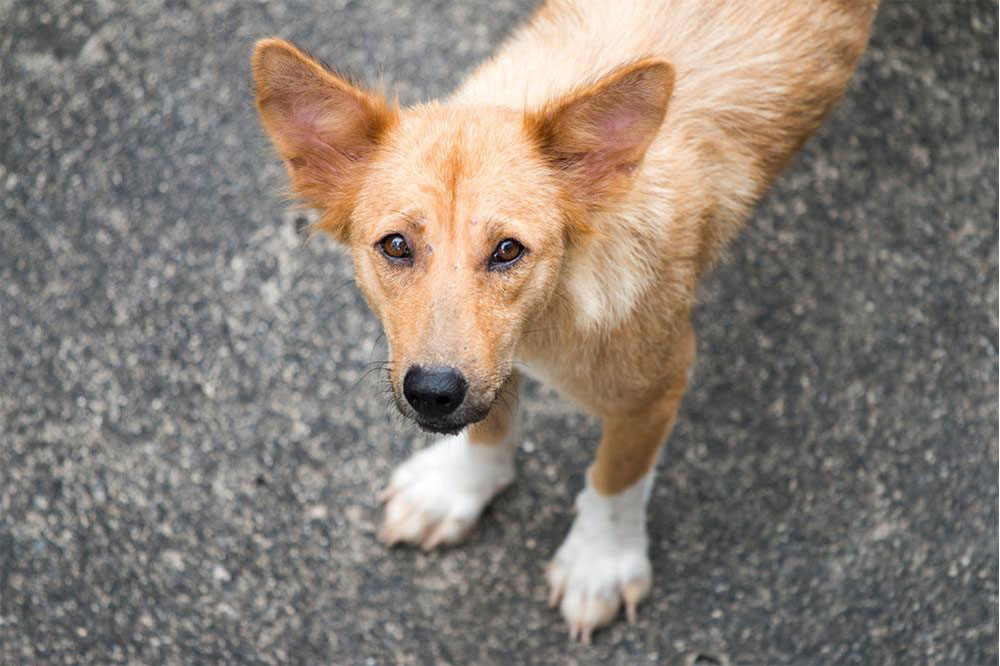
Everything to Know about Rabies in Pets
Rabies is a potentially deadly viral disease that impacts the central nervous system and the gray matter of the brain. Throughout the country, it is required by law that owners get their dogs vaccinated to protect them from rabies. However, depending on the state you reside in, the vaccination needs to be repeated after one to three years, depending on the type of vaccine given.
1. Cause
The primary cause of rabies is through a bite from wild animals such as raccoons, foxes, bats, and skunks that carry the disease. Additionally, pets can contract the virus through scratching and by saliva as it is highly infectious. The virus replicates very fast once it enters the body of your pet and travels through the muscles and the closest nerve fibers to reach the brain. The virus develops progressively in less than 10 days to a maximum of a month.
2. Symptoms
A pet infected with rabies virus will show only mild symptoms initially. This is known as the furious stage and lasts from one to three days. After that, with the rapid progression of the virus, the symptoms exhibited are mostly paralytic. Towards the end in most pets, the virus becomes both furious and paralytic. The pet exhibits extreme behavior, attacks others, and is overly aggressive. The paralytic stage is characterized by loss of coordination, weakness, and finally paralysis. Hence, it is vital to protect your pet from rabies.
3. Diagnosis
If you think that your dog might be infected with the rabies virus, try to cage it when taking it to the veterinarian for quarantine. However, if your dog is behaving aggressively, and you fear being bitten or scratched, then call for the dog control squad. If the dog is adequately vaccinated, the veterinarian will give an additional dose of the vaccine to protect your pet from rabies. If the dog is not vaccinated or has bitten a human, the course of action will depend on the condition of the dog and the state laws.
On having taken the dog to the veterinarian, disinfect all the possible areas that the canine might have infected with a solution (1:32) of household bleach. Ensure that all areas where the canine saliva could have remained are disinfected.
4. Protect your pet
Keep these tips in mind to effectively protect your pet from rabies:
- Rabies can infect any warm-blooded animal.
- There is no way to test the animal infection for rabies when the animal is alive.
- The virus most commonly spreads through saliva. However, scratches and open existing wounds are also potentially dangerous.
- The period of exposure to the disease and onset of symptoms can vary between as little as nine days to a few years depending on a large number of factors such as the animal’s immune system and the severity of the infection.
- The animal can transmit the virus only after the onset of clinical symptoms.
- Hawaii is the only rabies-free state.
- It is important that pet owners know your state’s rabies law.
- Keep the vaccination schedule of your pet up to date and within easy reach.
Rabies is fatal and once the symptoms appear, the prognosis is grim. The only way to prevent the rabies virus is to follow the vaccination schedule to safeguard your pet.




